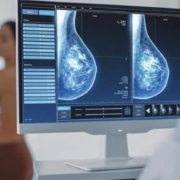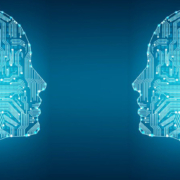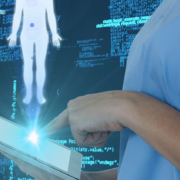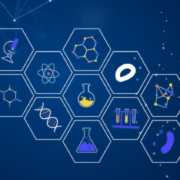A very interesting use of AI and digital twin technology may offer new insights into the infamous sinking of the Titanic.
A digital twin is an AI-driven computer simulation of a real-world object. Cognitive digital twinning or “CDT” technology has been used to create digital twins for the maintenance and diagnostics of everything from sophisticated jet fighters to human organs! Now, CDT may solve one of the most enduring mysteries of modern times, how did the Titanic actually sink?
The RMS Titanic sank to the bottom of the North Atlantic in 1912, but the fate of the ship and its passengers has fascinated the popular imagination for more than a century. Now we have the first full-size 3D digital scan of the complete wreckage—a “digital twin” that captures Titanic in unprecedented detail. Magellan Ltd, a deep-sea mapping company, and Atlantic Productions — which is making a documentary film about the project – conducted the scans over a six-week expedition last summer.
“Great explorers have been down to the Titanic… but actually, they went with really low-resolution cameras, and they could only speculate on what happened,” Atlantic Productions CEO Andrew Geffen told BBC News. “We now have every rivet of the Titanic, every detail, we can put it back together, so for the first time, we can actually see what happened and use real science to find out what happened.”
The ship split apart as it sank, with the bow and stern sections lying roughly one-third of a mile apart.
When the first divers made it to the wreck in 1985, the bow proved to be surprisingly intact, while the stern showed severe structural damage, likely flattened from the impact as it hit the ocean floor. There is a debris field spanning a 5-by-3-mile area, filled with furniture fragments, dinnerware, shoes and boots, and other personal items.
The joint mission by Magellan and Atlantic Productions deployed two submersibles nicknamed Romeo and Juliet to map every millimeter of the wreck, including the debris field spanning some three miles. The result was a whopping 16 terabytes of data, along with over 715,000 still images and 4K video footage. That raw data was then processed to create the 3D digital twin. The resolution is so good one can make out part of the serial number on one of the propellers.
“This model is the first one based on a pure data cloud that stitches all that imagery together with data points created by a digital scan, and with the help of a little artificial intelligence, we are seeing the first unbiased view of the wreck,” historian and Titanic expert Parks Stephenson told BBC News. “I believe this is a new phase for underwater forensic investigation and examination.”
Time is running out for what’s left of the famous shipwreck. Damage from previous salvage operations and deterioration due to iron-munching bacteria feasting on the ship’s hull will mean the wreck may soon be lost to history. These full-size 3D scans will preserve all the minute details for further study, giving researchers fresh insight into what really happened in April 1912—so people can finally have some definitive answers.
Other Applications Benefiting From Digital Twin Technology
In addition to such esoteric applications as providing amazing new insights into unsolved mysteries such as the sinking of the great ship Titanic, AI and digital twinning are revolutionizing many other industries, chief among them transportation. Just as CDT can create a digital duplicate of a ship like the Titanic, cognitive digital twin technologies are proving invaluable for the predictive maintenance of high-value military vehicles, airplanes, ships, and even passenger cars. Digital twin solutions like those developed by CarTwin extend the lifespan of cars and other vehicles by monitoring the vehicle’s “health” through its “digital twin.”
Basically, CarTwin can provide diagnostic and predictive models for all vehicle systems for which data is available (either directly or indirectly) onboard the vehicle.
Virtually any part of the vehicle that has sensors or that sensors can be developed for can be “twinned.” These data sets are then enhanced and augmented with design and manufacturing data that is already available by the OEM.
Primarily designed for use in fleets of vehicles, in combination with powerful AI models, CarTwin predicts breakdowns, monitors and improves performance, and measures and records real-time greenhouse gas emissions, which reduces expensive maintenance costs and avoids lost revenue associated with fleet downtime.
You can read much more about how AI and digital twin technology in my new book Quantum Care: A Deep Dive into AI for Health Delivery and Research. While the book’s primary focus is on healthcare delivery, it also takes a deep dive into digital twin tech, with an entire chapter devoted to CDT and the development and launch of CarTwin!
Rohit Mahajan is a Managing Partner at BigRio and the President and Co-Founder of Citadel Discovery. He has particular expertise in the development and design of innovative AI and machine learning solutions for clients in Healthcare, Financial Services, Retail, Automotive, Manufacturing, and other industry segments.
CarTwin has leveraged AI and Digital Twin technologies to create a digital, cloud-based clone of a physical vehicle designed to detect, prevent, predict, and optimize through AI and real-time analytics. If you would like to benefit from our expertise in these areas or if you have further questions on the content of this article, please do not hesitate to contact us.









